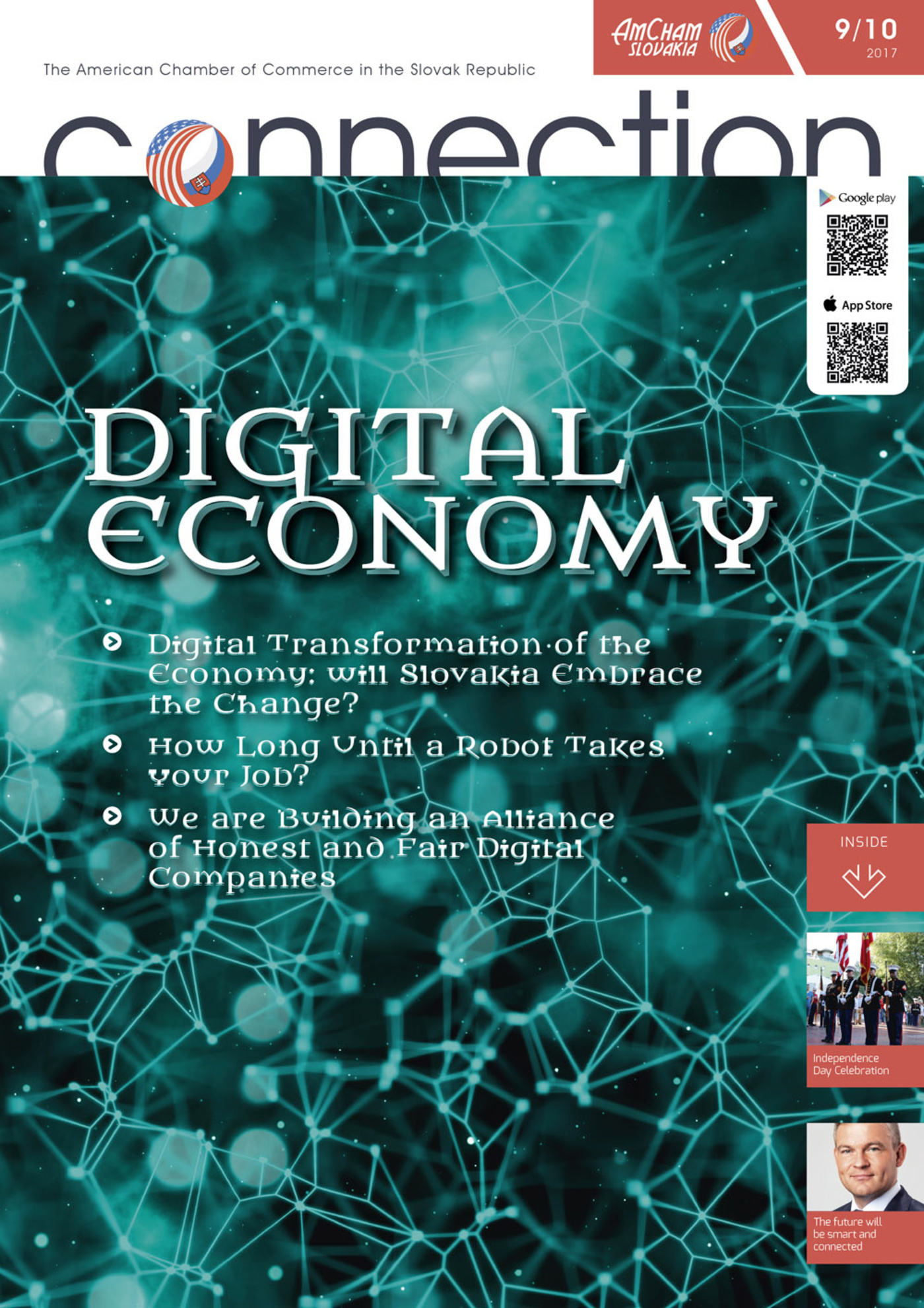Organizations are often not aware how much software they are currently using, already have licensed, or actually need. In addition to the fines, ineffective management of software assets can put organizations at risk of:
- Over-licensing — paying for more software licenses than needed, especially when organization and environments change.
- License non-compliance – resulting from under-licensing (i.e. organizations use more licenses than purchased and entitled), or from license expiration caused by lack of information about expiration and renewal dates that may expose the organization to financial risks.
In response to unexpected software license costs and compliance risks, we have seen a significant increase in developing Software Asset Management (SAM) capabilities to enhance efficiencies across the business and mitigating potential compliance threats. For example, Gartner suggests that active management of software assets can deliver savings of around 30% of the value of software across its lifespan (typically three years). It’s no secret that managing software assets can be a challenge that requires a huge endeavor on the organization side.
Often multiple stakeholders need to be involved in the purchase, installation, deployment, maintenance, utilization, and disposal of software. License terms and conditions are also ever more complicated and frequently contain many different metrics and provisions regarding how the software can be deployed. Expanding reliance on cloud computing, virtualization, and software as a service (SaaS) models and a growing array of discovery and information technology (IT) management tools add even more layers of complexity to software asset management and organizations with limited or no previous SAM experience struggle to know what the best approach to take is. Often consulting companies are needed to advise them on their current situation against the standards (maturity assessment) and advice on how best to tackle the challenges given their specific needs. This is even truer in organizations that are the outcome of mergers or spin-offs, as such significant operational decisions tend to add an extra layer of challenges to the new environment.
Historically, the standard approach after receiving such consulting services was to reach out to established SAM and IT Assets Management (ITAM) service providers which on one side cover a full spectrum of services (mostly technology services), but lack critical business-related information and their tools and processes may not be fully aligned to the specific needs of the given organization, or could be biased towards software resellers, offering software license reselling or even offering competing software themselves. Technology consulting companies recognized this need for a custom approach, based on the clients’ internal needs, and offer a system integrator service for custom tailoring “best of breed” services based on functional knowledge of clients’ needs. Such an approach results in significant software savings and the prevention of potential compliance risks.
Of course, the key is to find a reliable partner able help with the development and implementation of a custom-tailored SAM program that comprises of the delivery of tools, SAM strategy, SAM policy and design of future SAM processes covering all software lifecycle aspects with respective SAM roles and responsibilities.
One of the key and most demanding exercises performed towards an effective SAM is to obtain complete visibility on all software deployed or installed and to perform a comparison against entitlement information. As a result of such an analysis, the output data is being mapped to license agreements to identify compliance with license agreements for specific software vendors and potential candidates for license optimization.
These are the key milestones for implementing a strong and effective SAM program that brings benefits to a company, which could be further optimized and adjusted towards the organization’s evolving needs.
The most significant short-term achievements within a SAM program are:
- Identification of cost-saving potential that could be achieved in the near future
- Elimination of audit and legal exposure from potential software non-compliance
- Mitigation of security risks from unauthorized software use
- Increased operational efficiency
- Gaining and maintaining long-term control over software assets
It is very important between the provider and the client to closely collaborate on remediation actions related to the reduction of future potential compliance risks. Specific remediation varies for each software publisher but examples of entitlement optimizations that can reduce costs and mitigate compliance risks include:
- Reduction of software by pinpointing redundant or underutilized software
- Discontinuation of software maintenance
- Identification of software replacements / alternatives
- Usage of the latest software version
- Moving software to more flexible license models
Following established guidelines leads to strong governance and therefore reduction of the risk for a company’s software portfolio. It also ensures that SAM is considered not only as a set of “to do” activities with strict deadlines, but also as an integrated part of IT Service Delivery towards the business.
1 Forecast Alert: IT Spending, Worldwide, 4Q2015 Update, Gartner, 14th of January 2016
Peter Gerstbrein, Senior Consultant (SAM), Technology, Deloitte Advisory Slovakia
Martin Sedláček, Consultant, Technology, Deloitte Advisory Slovakia



Follow us